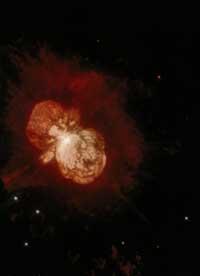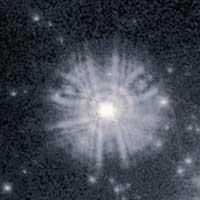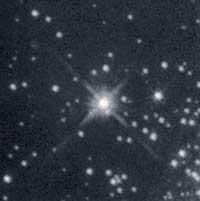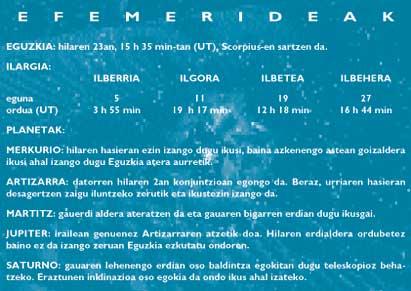Hubble Space Telescope: spectacular!

In the first issue of this year, between December 2 and 11 of last year, and using the Endeavour space retreat, NASA's effort to resolve the Hubble Space Telescope (HST) was unveiled. After the mandatory stop, the HST was reinstated in late December. The first photos that were then sent were applauded when they were presented in January to astronomers at the American Astronomical Society. Some of them are what you can see along with these lines.
The first thing to mention was, however, the skill of the astronauts who worked and the neatness of their work. Due to working conditions, the greatest fear focused on breakdowns that could occur in repair kits accidentally. As already indicated, all the work has consisted of the change of solar panels, the implementation of COSTAR (Corrective Optics Space Telescope Axial Replacement), the focus tool and the modification of the computer components have been a total success. Moreover, having suffered so little from the tools during the repairs, those responsible for the Telescope had to make very small adjustments to focus them and put them back to work.
The most important tools of the HST are the two WF/PC (Wide Field and Planetary Camera) field cameras. In the January issue it was decided to replace the second (WF/PC II) with another with better detector. The results have been excellent. When you see a star with a telescope you see a small disc surrounded by weak rings.

The luminosity of the rings is only 15% of the star. Therefore, most of the light (85%) is directed to the central ring. Due to mirror failure, the HST only focused on the central disc 12% of the star's luminosity. The first sessions have shown that WF/PC II (renewed chamber) brings more than 70% of the light to the central disc, that is, its results are very close to theorists.
The improvements discussed above and changes in WF/PC II have led to a radical change in HST resolution. The terrestrial telescope can see it perfectly at a distance of between 1,000 and 2,000 million light years. WF/PC I, images of the unrenewed HST camera do not lose quality despite doubling previous distances, while WF/PC II can see objects at 10,000 and 12,000 light-years. Among other things, the images we had so far from the kuaseas will greatly improve.

Therefore, astrophysicists are eager to start a Hubble constant measurement program that measures the speed of expansion of the Universe. According to the most optimistic, the first results can be by the end of this year, with which some clarification can be obtained on the problem that the Universe is open or closed or depends on geometry.
As for other observational instruments available to the HST, the same can be said. Working with images directed by COSTAR, the Faint Object Camera, Faint Object Spectrograph and Goddard High Resolution Spectrometer are six times the lightest objects they could see before.
It can certainly be said that the HST mirror error has been completely corrected. In addition, for other technical improvements, they are better than those offered by the HST when it was put into orbit what it offers us now, if there was no error. Spectacular!

Buletina
Bidali zure helbide elektronikoa eta jaso asteroko buletina zure sarrera-ontzian











